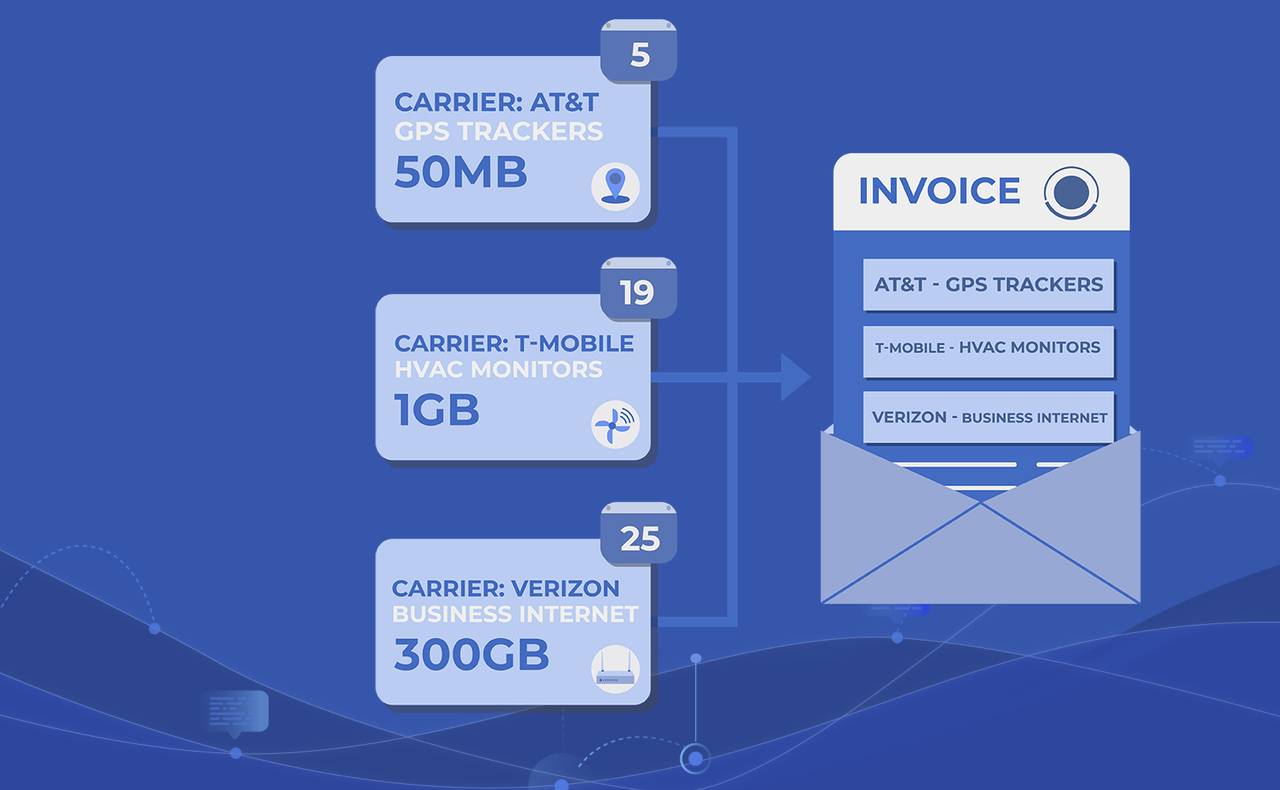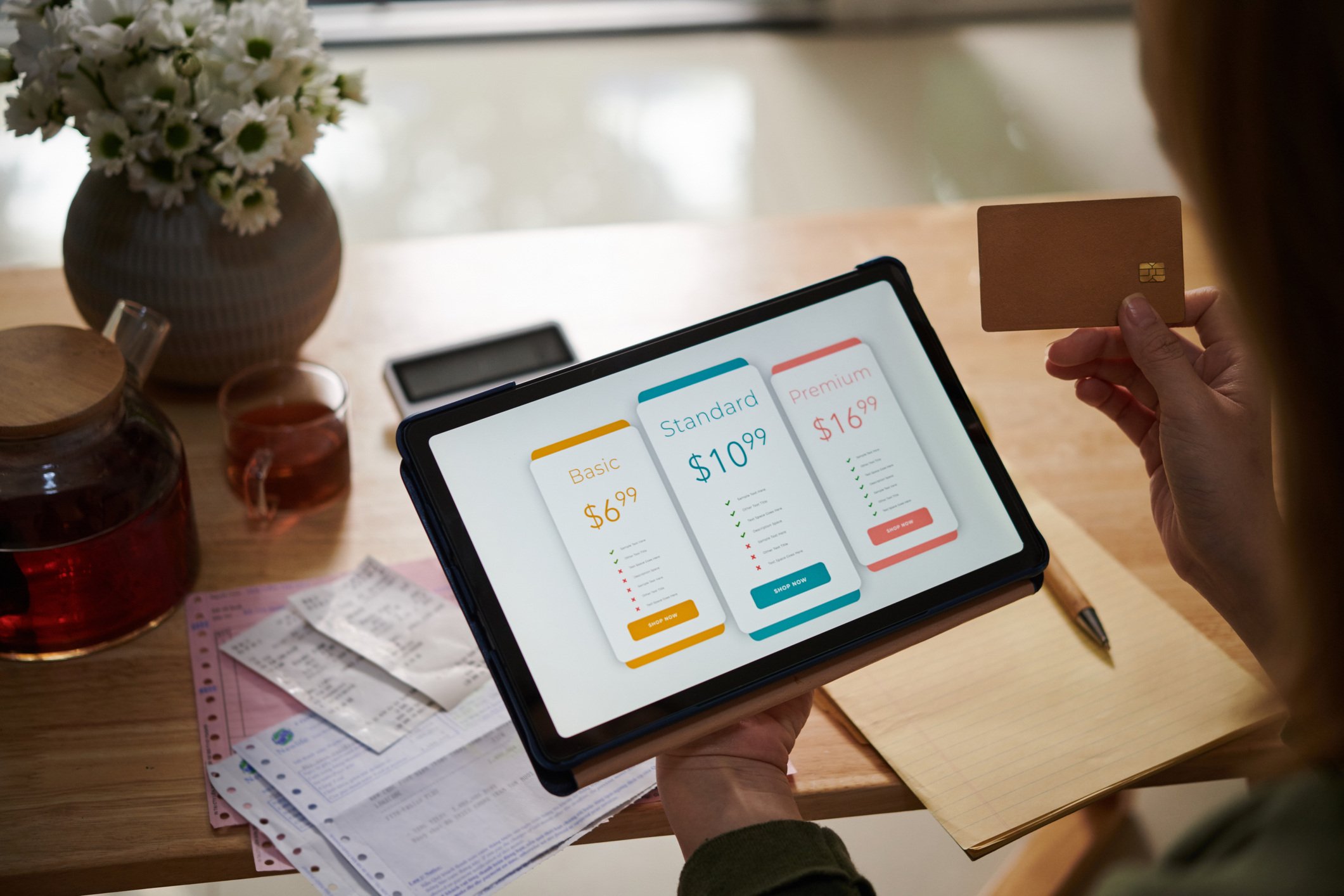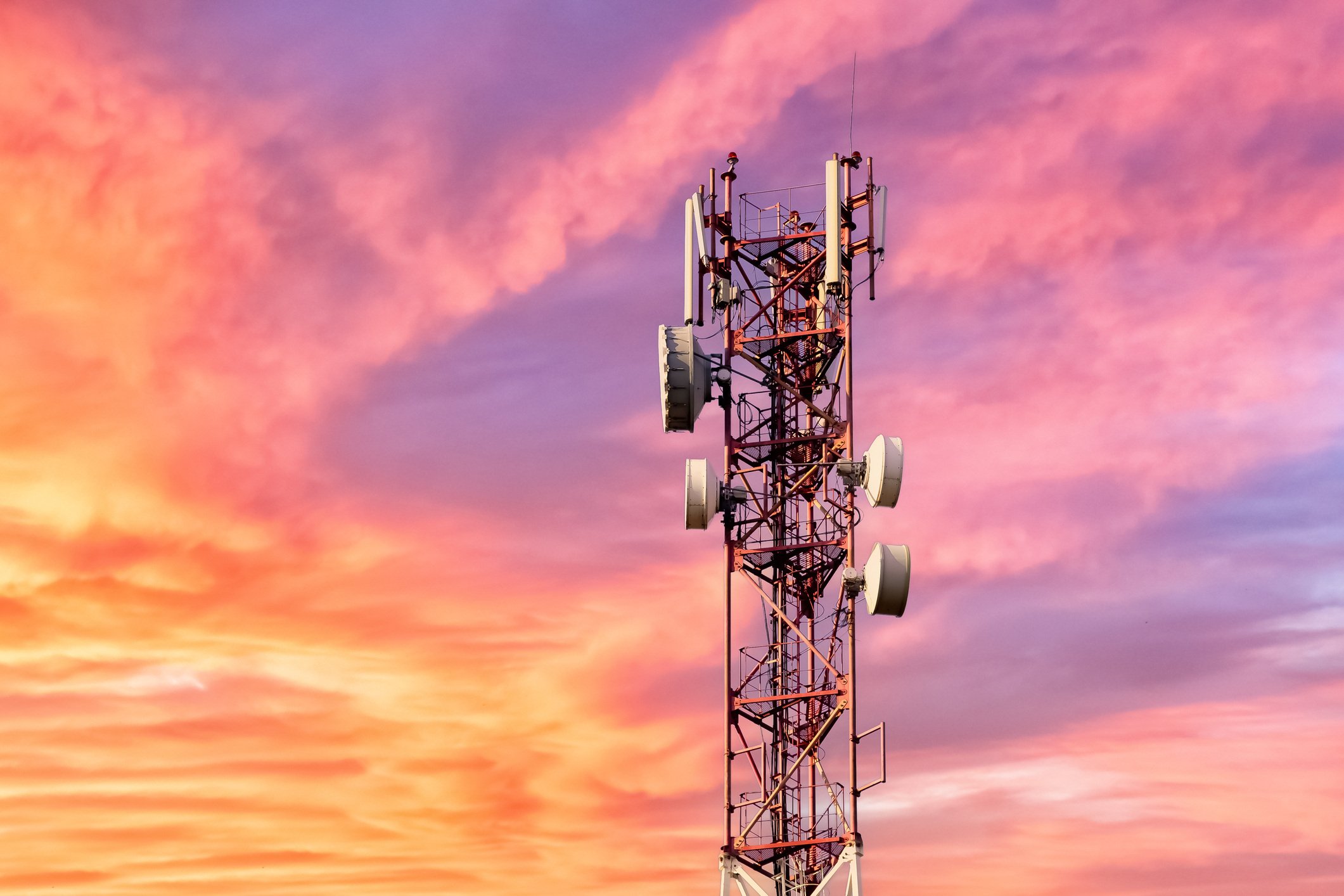
- April 2025 (2)
- March 2025 (2)
- February 2025 (1)
- December 2024 (2)
- November 2024 (2)
- August 2024 (2)
- June 2024 (3)
- May 2024 (3)
- April 2024 (1)
- March 2024 (3)
- February 2024 (2)
- January 2024 (2)
- December 2023 (1)
- November 2023 (2)
- October 2023 (2)
- September 2023 (1)
- August 2023 (1)
- July 2023 (2)
- June 2023 (3)
- May 2023 (2)
- April 2023 (1)
- March 2023 (4)
- February 2023 (1)
- January 2023 (2)
- November 2022 (2)
- September 2022 (1)
- August 2022 (2)
- July 2022 (2)
- June 2022 (2)
- May 2022 (1)
- April 2022 (3)
- March 2022 (1)
- February 2022 (3)
- January 2022 (2)
- December 2021 (1)
- November 2021 (1)
- October 2021 (2)
- September 2021 (3)
- August 2021 (1)
- July 2021 (4)
- June 2021 (1)
- May 2021 (2)
- April 2021 (2)
- March 2021 (2)
- February 2021 (3)
- January 2021 (3)
- December 2020 (1)
- October 2020 (1)
- August 2020 (1)
- August 2019 (1)
- January 2019 (2)
- September 2018 (5)
- June 2018 (1)
- November 2017 (1)
- September 2017 (1)
- July 2017 (1)
- May 2017 (1)
- January 2017 (1)
- October 2016 (2)
- August 2016 (1)
- July 2016 (1)
- June 2016 (1)
Subscribe by email
Consolidated billing allows multiple bills for the same customer to be combined into a single invoice. This approach offers great simplicity and flexibility in billing and payments for both businesses and consumers. While consolidated billing is a popular strategy for any business providing multiple services to customers, internet service providers were among the first to combine phone, TV, and internet bills for customers.
Today, consolidated billing is essential for manufacturers of IoT devices who need to track and bill hundreds of thousands of devices in different locations, with multiple devices per user activated at different times. However, consolidated billing for IoT demands more than a single invoice. It also requires a single management platform with automated billing because manual billing is not scalable. We’ll provide insight into consolidated billing and its benefits and explain how Zipit’s billing platform can help you streamline your billing, reduce administrative workload, and grow revenue streams.
What is consolidated billing?
Consolidated billing is a billing strategy where a customer receives one invoice that includes charges for every subscription or service during a billing cycle. In IoT or telecommunications, consolidated billing may also be referred to as convergent charging. Consolidated invoices are especially beneficial for subscription billing, where customers often have multiple subscriptions or bundled services from the same provider.
Consolidated billing also enables OEMs and service providers to offer and scale a prepaid billing model. Prepaid billing gives customers the flexibility to choose from a variety of data plans and easily switch between them, but without a consolidated billing strategy, this isn’t scalable. Aggregating charges into one invoice allows businesses to offer bundled plans or services and offer promotions, which helps a business grow its revenue stream and widen its customer base while improving the transparency and simplicity of billing and transactions for the customer.
In IoT, managing consolidated billing manually isn’t possible. The processes must be automated to be efficient and effective. Merging multiple billing streams into one invoice is a complex process. Doing it manually would require retrieving and collating data from multiple devices and accounts. IoT devices can be activated individually, in huge batches, and even on different days in a month. Consolidating billing for the data and cellular connectivity for IoT devices and solutions quickly becomes too complex for businesses and even large cellular carriers to manage without automation.
Zipit Wireless provides a billing platform that supports prepaid billing and manages the consolidation and proration necessary for customers to receive one bill at the end of a month combining all activated devices and all associated charges, regardless of how or when those devices were activated.
Learn how a billing solution can grow your business.
How consolidated billing works
Consolidated billing first requires a predetermined billing cycle. Any date and duration will work, but it must be decided before billing begins. All charges on a consolidated invoice must have the same billing date and payment method. If charges don’t have the same billing date initially, all charges must be prorated to either match the billing date of the first subscription or to match an assigned billing date. Prorated billing only charges for the time a subscription or service was active, so if a customer subscribes on the 4th of a month and the billing cycle ends on the 20th, they’re only charged for the 16 days the subscription was active. Prorating becomes more complex as customers change, add, upgrade, or downgrade plans in the middle of a billing cycle. For this reason, it’s important to rely on a billing platform that automatically prorates charges to manage subscription billing efficiently and without error.
Additionally, all charges on a consolidated invoice must be paid using the same payment method. If a customer purchases multiple subscriptions with different payment methods, they’ll receive separate invoices for each. Consolidated invoices should also provide transparent details, including a breakdown of every service, data usage, prices, and taxes, so customers know exactly what they’re being billed for.
The consolidated billing process
- The customer subscribes to a product or service and connects their device(s).
- Throughout the billing cycle, the provider’s billing platform records usage data for each device and assigns a charge to the customer’s account. The billing platform also regularly reports on the customer’s data usage.
- At the end of the billing period, the billing platform consolidates all the usage data for each service, bundles services, prorates subscription charges, applies discounts, and calculates taxes.
- All of the information for the billing cycle is then combined into a single invoice sent to the customer.
- The customer can pay for their consolidated invoice through the billing and device management platform.
Benefits of consolidated billing
1. Simplify the billing processes
It’s not difficult to see the advantage a single invoice including multiple charges has over separate invoices in streamlining the billing process. Consolidated billing through an automated billing platform lightens the administrative workload and allows your business to acquire additional customers without new staff. Not only does a consolidated invoice provide clarity for the customer, but it also makes revenue streams easier to manage and more predictable with a clear and comprehensive view of charges and transactions.
2. Scale your business
Simplifying your processes and scaling your business are interrelated. If you’re an OEM selling more than one IoT product or service per end customer, then automated consolidated billing is going to enable you to manage and serve a growing number of customers and active cellular devices without having to significantly increase staffing costs. Consolidated billing enables subscription bundling and discounts that encourage customers to upgrade or subscribe to more services.
3. Prevent missed payments
A single, consolidated invoice helps customers manage their subscriptions and payments by providing them with a detailed, clear summary of the data and services used over the billing period. A customer must only keep track of one bill and make one transaction, which lowers the risk of forgotten payments and delayed revenue. Billing platforms can also notify customers when an upcoming payment is due and offer automated payment options.
4. Improve customer experience and reduce subscriber churn
Consolidated billing improves customer retention by providing transparent invoices and a simple and convenient subscription management and payment experience. By reducing the need for customers to manually manage multiple subscriptions, they’ll be less likely to cancel their subscriptions. Subscriber insights obtained through the subscription management platform can help you tailor your offerings and provide targeted discounts and promotions that may encourage customers to upgrade or purchase additional products or services.
Is consolidated billing right for your business?
Any business that provides multiple, recurring services or subscriptions could benefit from consolidated billing. For IoT, with a high volume of devices and a variety of data usage, and staggered activation, consolidated billing is essential.
An automated billing platform would benefit any business or IoT provider currently
- Managing each customer subscription separately,
- Experiencing high subscriber churn rates and regularly missed payments,
- Lacking insights into subscriber data usage and purchase history
- Having difficulty managing and billing for a growing number of subscriber devices,
- Or lacking a way to monetize your IoT product beyond the sale of the hardware.
Learn why IoT solutions and subscription billing make the perfect combination.
Zipit Wireless can provide your business with a branded billing platform and secure payment portal to help you monetize your IoT product with flexible billing and simple, straightforward invoices. We are committed to helping our partners determine the best billing model for their businesses, using our years of experience as IoT connectivity providers and data from our billing platform to help you assess and improve your IoT billing strategy.
With our platform, your business can seamlessly manage taxes, support multiple currencies, and activate devices on a massive scale. This allows you to expand your business into new regions and markets without worrying about complex billing and payment processes. We’ll work closely with you to ensure that the billing platform meets your business's unique needs and helps you grow.
Contact us today to learn how we can help your business succeed with IoT billing.
Learn how Bushnell and Hunter Industries used Zipit’s billing platform to improve customer experience, offer data service packages, manage transactions, and activate devices on multiple cellular networks.
You may also like:
Related Content
The latest IoT insights and platform updates from Zipit.
IoT enables OEMs to transform devices into solutions, delivering ongoing value and...
IoT devices need flexible network technologies optimized for low-power application...
Every cellular-based IoT device relies on a public or private Access Point Name (A...



